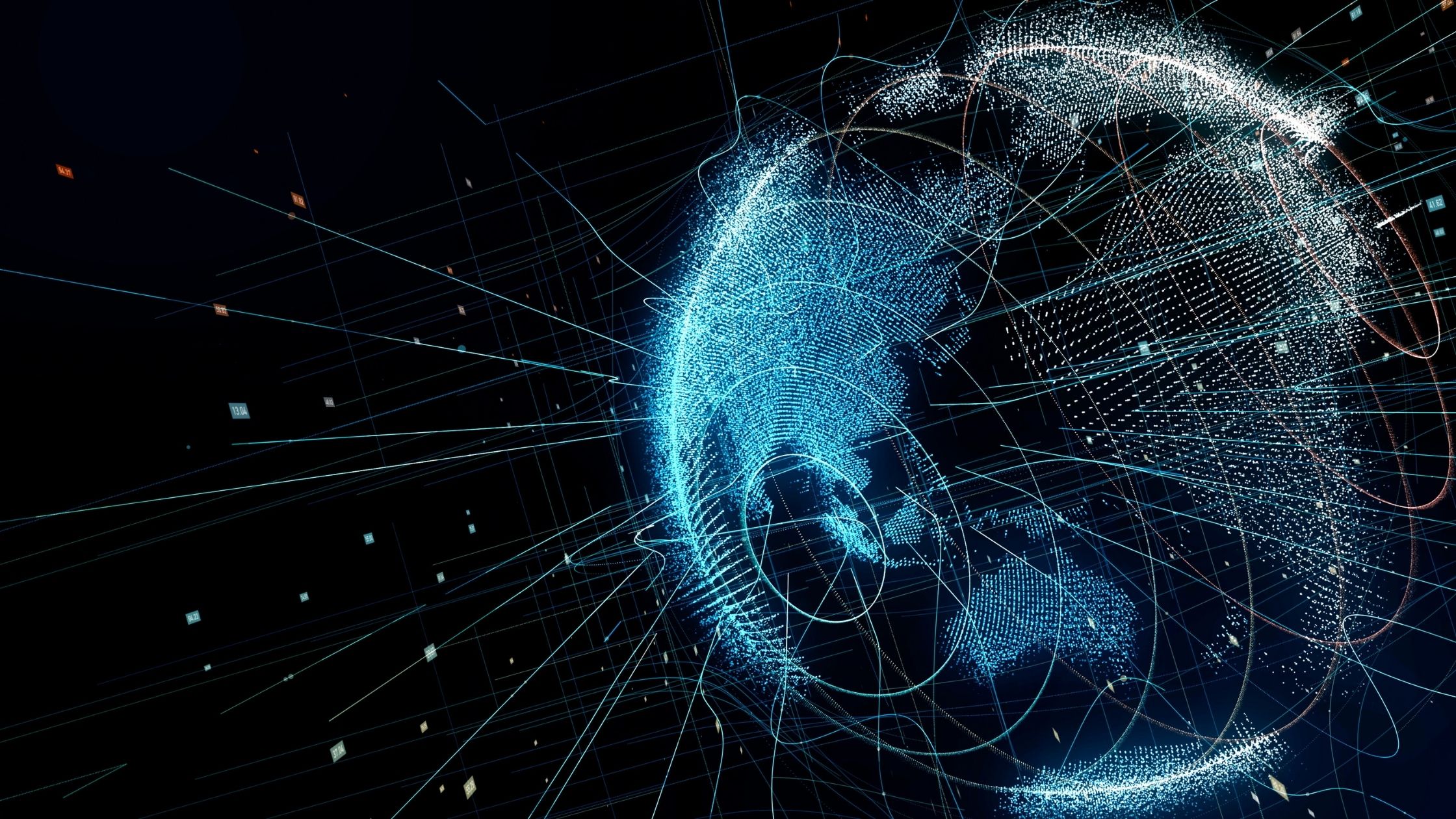Modern Artificial Intelligence systems can collect and ‘understand’ their environment in real-time, making optimal judgments in milliseconds based on many signals. AI is already altering our environment, with applications ranging from self-driving cars to healthcare. In this blog, we talk about how AI is changing the world?
Artificial Intelligence
AI is sometimes associated with marketing or technophobic hype: the media frequently exaggerates the capabilities and, in some cases, portrays dystopias as the long-term outcome of AI.
If we separate out the hype and concentrate on the progress accomplished in recent years, we will plainly observe numerous big technological developments with exciting, new capabilities. And we can absolutely avoid dystopias: under the right conditions, AI will significantly improve our planet and our quality of life.
How AI Comprehends the Environment?
Modern Artificial Intelligence systems can capture and ‘understand’ their environment in real-time, allowing them to make optimal, real-time decisions toward specific goals. Processing various signals and data streams enables the environment to capture and ‘understand’: technologies such as Computer Vision and Natural Language Processing enable AI systems to ‘understand’ photographs, videos, and natural language (voice or text). A few typical examples are provided below.
Rapid Developments
Algorithms can now see thanks to advances in computer vision.
The ability of a computer to see and recognize entities, situations, or even tales in photographs and movies is astounding. Any random image or video can be ‘instantly’ scanned against well-known entities (people, automobiles, houses, streets, trees, etc.) and perhaps with context-specific logic.
Furthermore, algorithms can estimate other image qualities and properties of the entities recognized in it: in the previous example, these could include the number of people in the image, their gender, age, or even their emotional state; or the type of cars and their brands.
It is also possible to identify the context implied by the image or video, such as a children’s party, a sporting event, a corporate conference, or a random group of people in a park.
Navigation systems, robotics, medical examination, online content management, and security systems are just a few examples of computer vision-powered applications.
The conversation with the Bot
A brief interaction with Amazon Alexa, Cortana, Siri, or Google Assistant is all that is required to appreciate the enormous advancement of Natural Language Processing technologies.
Microsoft and IBM claim that their natural language processing (NLP) technology outperforms expert transcribers in processing discussions on a variety of topics. Although NLP systems continue to struggle with varied accents and loud surroundings, their overall performance is rapidly improving.
Interaction with Digital Assistants progresses from ad hoc “ask and answer” scenarios to “natural dialogues.” Digital assistants are becoming smarter, thanks to the quantity of data available for users and their surroundings.
Digital Assistants will soon be able to operate autonomously, for example, by initiating a meaningful conversation driven by non-obvious reasoning applied to signals from the user’s environment and the system’s extensive knowledge of the user and his/her implicit or expressly stated preferences.
People must prepare by first recognising the technology, its promise, and the hazards that come with it, and then entering a life-learning mode to acquire new skills and explore new abilities that are more relevant to the new market order.

Leave a Reply